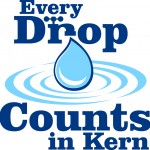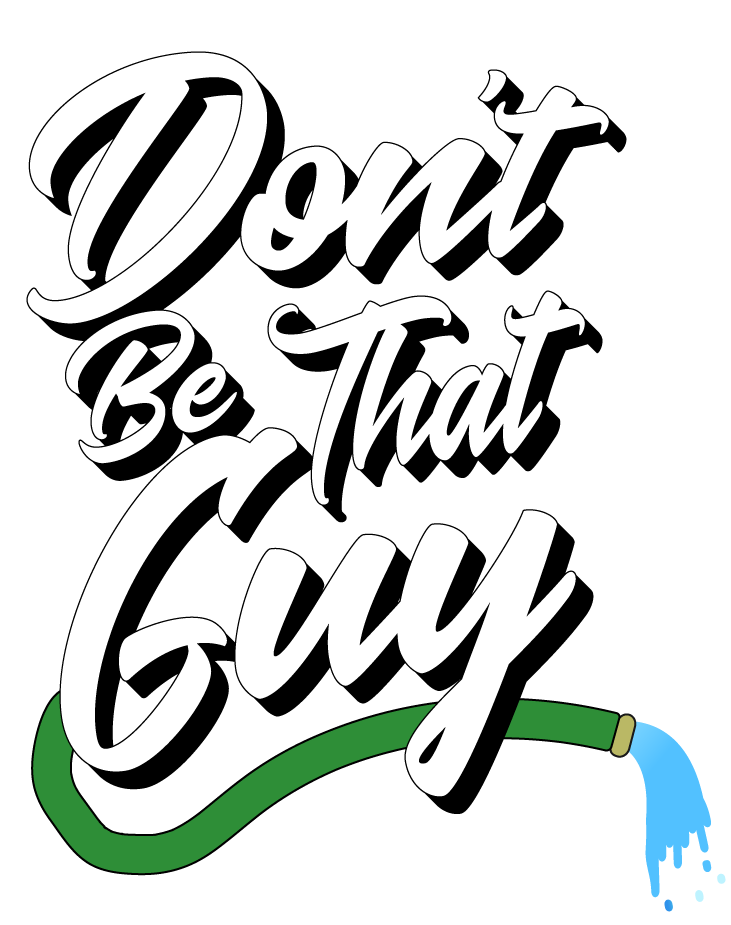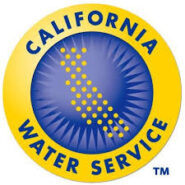Water Conservation at Home
 Kern County residents can do much to conserve water in their homes.
Kern County residents can do much to conserve water in their homes.
Follow along with all our water Tips and Tricks on social with ‘Don’t be that Guy KC’ on Instagram & Facebook
Here are some easy conservation tips:
Indoors
- Turn off water when brushing your teeth.
- Don’t use the toilet as a trash can.
- Install a low-flow showerhead, then take only 5-minute showers or 3-inch baths.

- Replace your toilet with a water saving ultra-low flush model. This can save up to 14,000 gallons of water per year!
- Fix all leaky toilets, faucets and pipes.
- Flush toilets and use garbage disposals only when necessary.
- Turn off the water when shaving and lathering in the shower.
- Run only full loads in dishwashers and washing machines.
- Keep a pitcher of water in the refrigera tor instead of running it at the tap until it cools.
- Use a brush and a bowl full of water, instead of running water over fruits and vegetables.
- If buying a new washing machine, buy a front loading washer; these use 1/3 less water than top loaders.
Outdoors
- Don’t over water garden plants and the lawn. Deep soak garden once weekly rather than sprinkle lightly several times a week.
- Water evening or morning to prevent rapid evaporation during heat of day.
- Plant drought-resistant plants in the yard.
- When you wash your car…use a bucket of water.
- Use a nozzle on your hose which can be shut off or adjusted to a fine spray.
- Use a broom or rake rather than a hose to remove leaves and debris from driveway, walk, patio, and pool decks.
- Cover swimming pool to slow down evaporation of water from it.
- Use a car wash which recycles water, or wash car at home.
- Wash your car with bucket, sponge, and a hose with a shut-off valve.
- Target water to plants that show signs of moisture stress. Plants will turn a gray-green color or wilt when they need water.
- Water the root zone of the plant instead of the foliage. This saves water and reduces diseases..
- Water deeply. Light, frequent watering causes shallow rooting and increases the need for water.
- Use drip irrigation and micro-sprays when possible. They use 30 to 50 percent less water than sprinklers.
- In-ground system users should have a regular system audit performed by a professional who will inspect for leaks and other problems and recommend new water-saving equipment. Rain sensors, soil moisture sensors, evapotranspiration controllers and new efficient ro tors and spray heads are examples of new technologies.
Put the “right” plants in the “right” places
- Select plants carefully. Read the plant tag, it tells you the amount of sunlight and water the plants needs as well as the recommended soil conditions.
- Plants that require partial shade do best on eastern exposures where they are shaded from the hot afternoon sun.Consider the slope and drainage patterns of the site. Plant moisture-loving plants at the base of slopes where they can take advantage of natural drainage.
- Group plants in the landscape according to their water need: high, medium or low. This will result in more efficient irrigation.
Useful links
- Calculate your water footprint
- Home landscaping tips in this article from the Kern County-UC Cooperative Extension office
- Hundreds of water saving tips at Save Our Water
- Sunset Magazine’s plant finder, a guide for gardeners who want to be water efficient
- 100 ways to conserve – a website dedicated to water conservation
- Conserving Water on a Road Trip
- Gardening and Water Conservation
- Cal Water Conservation
Agriculture Water Conservation
Kern County farmers, like others in California, use efficient and conservation-focused irrigation practices whenever possible. Because farm water is a high cost for farmers, they utilize every drop of water so that none is wasted.
Some of the ways farmers conserve water is to use drip and micro-sprinkler irrigation systems which concentrate water directly where it is needed for the crop. Crop land is also laser-leveled so that there are no low spots in the field where water can puddle. Many irrigation systems are also au tomated so that a precise amount of water is applied, and increasingly, farmers are installing solar equipment to power irrigation systems.





